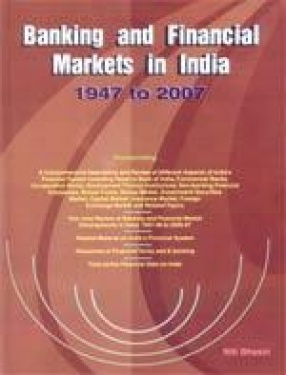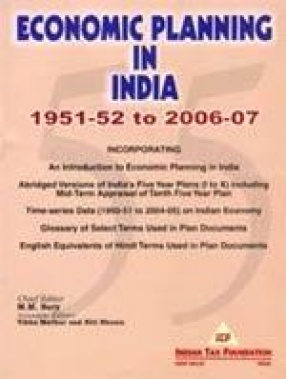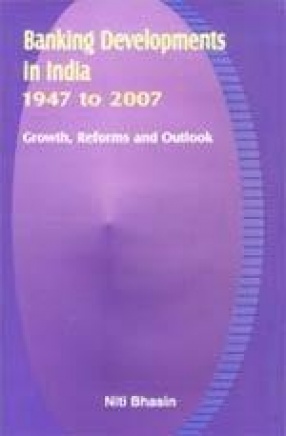Banking and Financial Markets in India 1947 to 2007
Synopsis
Financial sector of an economy is a multi-faceted term. It refers to the whole gamut of legal and institutional arrangements, financial intermediaries, markets and instruments with both domestic and external dimensions. Finance is the life blood of a modern economy. A financial system helps to mobilise the financial surpluses of an economy and transfers them to areas of financial deficit. It is the linchpin of any development strategy. Soon after independence in 1947, Government of India followed a policy of social control of important financial institutions. This was reflected in the nationalisation of the Reserve Bank of India (RBI) in 1948, takeover of the then imperial Bank of India (rechristenced as Sate Bank of India) in 1956, nationalisation of life insurance business and the creation of Life Insurance Corporation of India (LIC) also in 1956, nationalisation of 14 major commercial banks in 1969, nationalisation of general insurance companies and the setting up of General Insurance Corporation (GIC) in 1972, and nationalisation of 6 more commercial banks in 1980. As a result of state domination, India's financial system was characterised by barriers to entry control over pricing of financial assets, high transaction costs and restrictions on movement of funds from one market segment to another. It was in this backdrop that wide-ranging financial sector reforms were introduced as an integral part of the reforms were introduced as an integral part of the economic reforms programme started in early 1990s. These reforms have paved the way for integration among various segments of the financial system. It is widely accepted that reduction/removal of financial repression has enhanced the efficiency and potential growth of the Indian economy. The present book explains and examines at length the changes which have swept India's financial sector over the last 60 years since independence, with focus on post-1991 period. The book is organised into 9 parts, each part containing chapters/information relevant to the theme of that part. Part I consists of chapters 1 and 2. Chapter 1 provides theoretical framework for the subject. It describes the role of financial system in economic development, providing backdrop to financial sector reforms introduced in India since 1991. Chapter 2 traces the evolution of India's financial system since Independence in 1947, explains its present structure and provides glimpses of its future development. Part II deals with central banking globally and in India. Chapter 3 traces the evolution of central banks worldwide and explains the changing functions of these banks. Chapter 4 is devoted to India's central bank (Reserve Bank of India). Part III is devoted to financial intermediaries. Chapter 5 records developments in commercial banking in India. Chapters6 and 7 cover co-operative banks and development finance institutions (DFIs) respectively. Chapter 8 focuses on non-banking financial companies (NBFCs). Chapter 9 deals with mutual funds. Part IV describes and examines the growth of financial markets in India. Chapter 10 is devoted to money market. Chapter 11 examines developments in the market for Government securities. Chapter 12 explains changes in the capital market. Chapter 13 deals with insurance market. Chapter 14 records developments in the foreign exchange market. Part V contains chapter 15 which summarises and evaluates financial sector developments in India during the post-Independence period. Part VI provides year-wise description and review of financial and banking developments in India from 1947-48 to 2006-07. Part VII comprises 8 appendices which provide relevant material on the subject. art VIII contains two glossaries: One explaining the meaning of select financial terms and the other explaining the meaning of terms used in E-banking. Part IX provides time-series financial data on India. The book is designed to interest a cross-section of readers, viz. teachers and students of economics, commerce, law, public administration, business management, chartered accountancy and company secretaryship. It will also serve the needs of legislators, business executives, entrepreneurs and investors, and other interested in financial developments in India.
Read more
107.10
96.39
$
119.00 $
Free delivery Wolrdwidе in 10-18 days
Ships in 1-2 days from New Delhi
Membership for 1 Year $35.00
Get it now and save 10%
Get it now and save 10%
BECOME A MEMBER











Bibliographic information